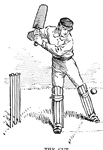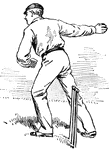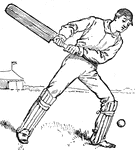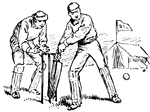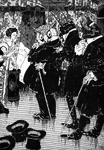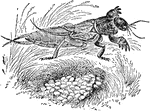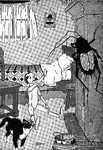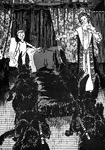Clipart tagged: ‘Cricket’
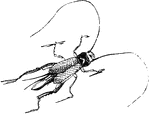
Cricket
Insects related to grasshoppers and katydids. They have somewhat flattened bodies and long antennae.

Cricket
Cricket is an old English game, scarcely yet introduced into this country, and known and played only…

Cricket
Crickets, family Gryllidae (also known as "true crickets"), are insects somewhat related to grasshoppers…
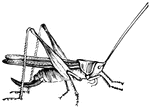
Cricket
Crickets, family Gryllidae (also known as "true crickets"), are insects somewhat related to grasshoppers…
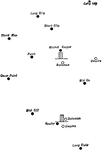
Cricket Field
Cricket is a bat-and-ball team sport that originated in England and is now played in more than 100 countries.…

House Cricket Larva
An illustration of a house cricket larva. Acheta domesticus (house cricket) is a cricket native to Europe.…

House Cricket Pupa
An illustration of a house cricket pupa. Acheta domesticus (house cricket) is a cricket native to Europe.…
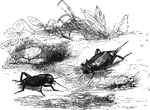
Field Cricket
"Another species of cricket is the Field-cricket, a timid animal which avoids the society of man, living…
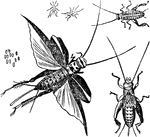
House Cricket
"House Cricket (Gryllus domesticus): a, eggs; b, young just hatched; c, full-grown larva; d, pupa; e,…
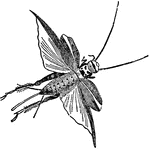
House Cricket
Acheta domesticus (house cricket) is a cricket native to Europe. Both sexes of this grey or brown cricket…

House Cricket
House crickets are in the order Orthoptera. Crickets are destructive to plants in every stage after…
!["Like that animal [the mole] it is constantly engaged in burrowing in the earth; and to enable it to do this with facility iits anterior limbs are converted into a pair of flat, fossorial organs, which are turned outward in exactly the same manner as the hand of the mole. In its pasage through the earth it does great injury to the roots of plants, but it said to live quite as much upon animal as vegetable food." — Goodrich, 1859](https://etc.usf.edu/clipart/14900/14935/molecricket_14935_mth.gif)
Mole Cricket
"Like that animal [the mole] it is constantly engaged in burrowing in the earth; and to enable it to…

Snowy Tree Cricket
A tree cricket that lives in trees and shrubs. They feed on plant parts, other insects, and fungi.

Fruit Dish
This fruit dish is designed with a pedestal. The base depicts the British game of cricket.
Mole Cricket
The mole cricket has a smoky brown color above and a yellowish red below. The cricket has a velvety…

Partown Prawn
Parktown prawn is the familiar term South Africans use for Libanasidus vittatus, a monotypic king cricket…
